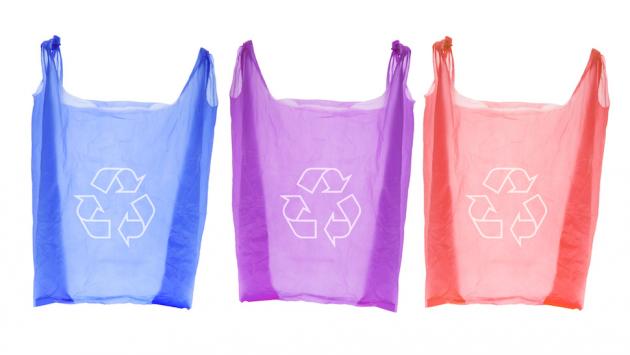Scientists May Have Found A Way To Deal With All That Plastic Bag Garbage We Have
Sep 26, 2013 19:09

Australian engineers have figured out a way to turn plastic grocery bags into a supermaterial. The team over at the University of Adelaide developed a method for turning plastic bags into carbon nanotubes.
They grew nanotubes on alumina membranes by vaporizing the plastic bags in a furnace and layering the isolated carbon molecules onto the membranes. They are among the strongest and stiffest materials known to man and can be used for everything from electronics to wind turbines.
What does this mean? No more waste of course!
But this isn't the first time scientists have achieved something like this. Back in 2009, a team from the Argonne National Laboratory in Illinois came up with a process that converted plastic bags into carbon nanotubes using a cobalt acetate catalyst. They used them to build lithium-ion batteries. The only problem that was cobalt was expensive, and only one fifth of the material from the plastic bags were converted for use in the carbon nanotube.
The Australian method is cheaper and more efficient, and it may just solve how we deal with trash in the future. [PhysOrg]







































































